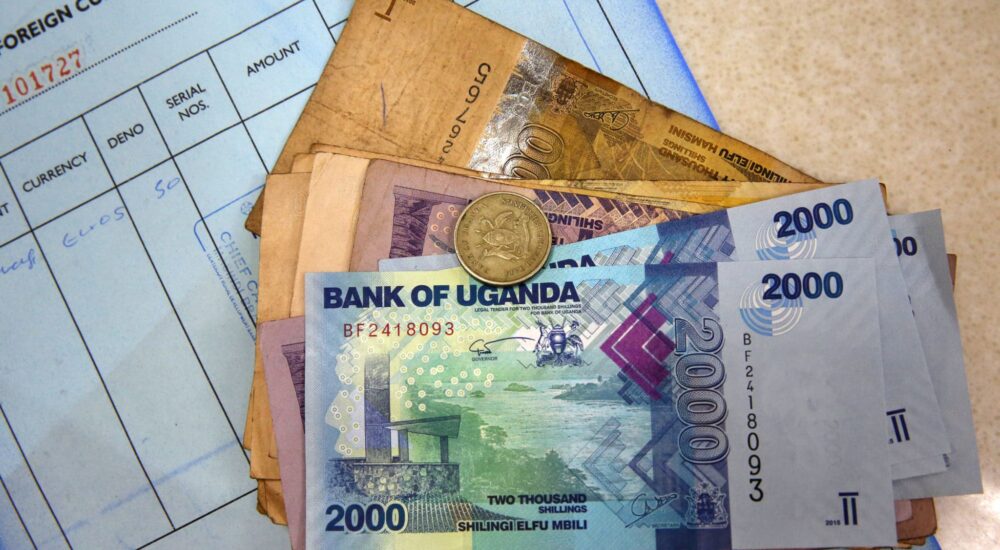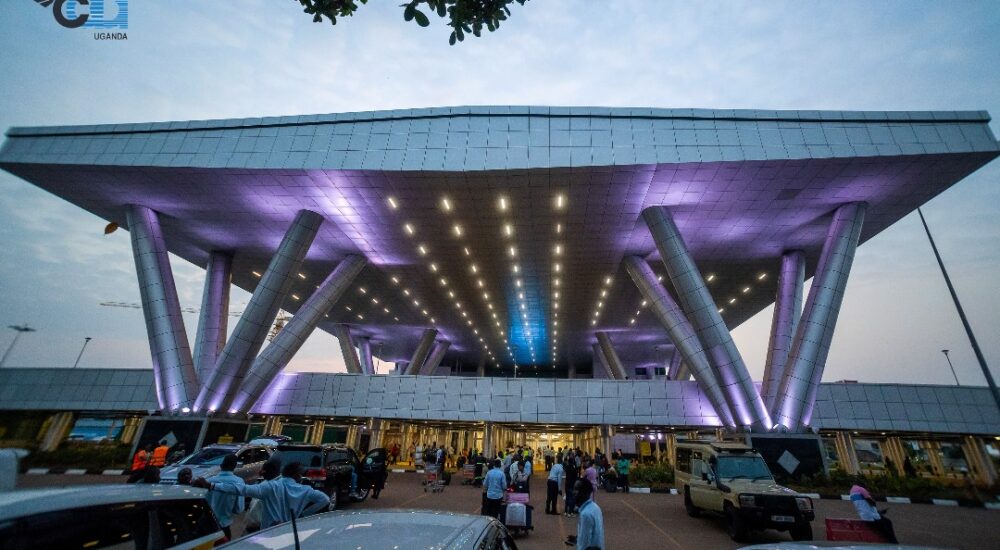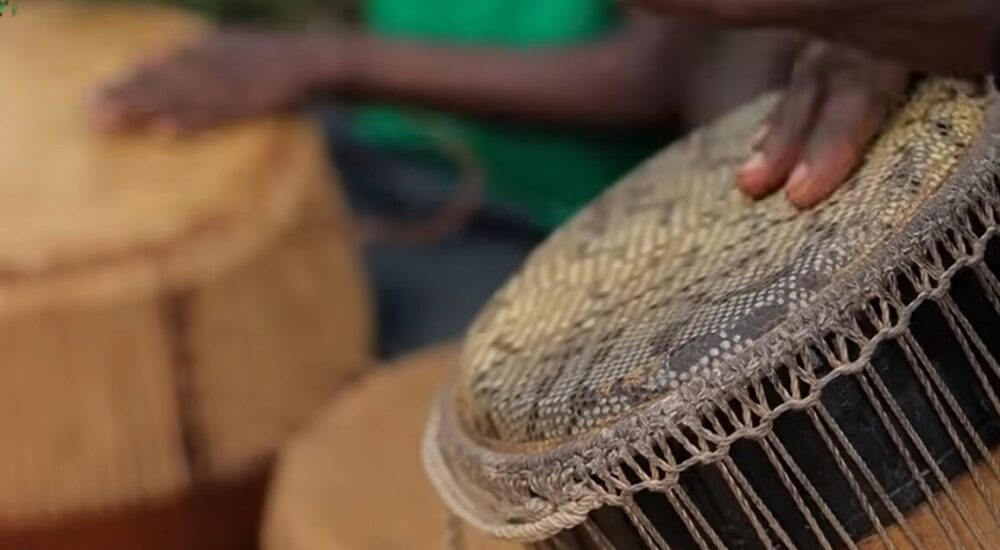Uganda, also known as the "Pearl of Africa," offers an array of experiences for travelers—from…
Glaciers in Africa
Glaciers in Africa: Even though Africa is near the equator, Mount Kilimanjaro, Mount Rwenzori, and Mount Kenya all have glaciers on their highest points. When you go hiking in Africa, you can see these mountains, which are truly amazing.You can get to the top of the mountain on these treks, where the glaciers are. But glaciers aren’t the only thing that these mountains have to offer. Avian, monkey, and elephant species all live in the plants that grow on the sides of mountains. Unfortunately, Africa’s glaciers are melting very quickly, and they will likely be gone in the next few decades.
In Africa, what is the largest glacier?
The largest glaciers in Africa are Credner and Furtwangler. Credner glacier is the largest glacier in Africa. It is on Tanzania’s Mount Kilimanjaro and is what’s left of an ice cap. The Cerdner glacier is between 5,800 and 5,500 meters (19,000 to 18,000 feet) above sea level. As a result of global warming, the ice is slowly melting away. According to some accounts, the glacier will not be there in 2030. The Furtangler glacier is near the top of Mount Kilimanjaro. It is named after Walter Furtwangler, who climbed Kilimanjaro in 1912. In the last 100 years, 85% of the glacier’s ice has been lost.
Why do we have glaciers in Africa?
Africa has some of the world’s tallest mountains, which is why there are glaciers there. There are some of the world’s tallest mountains, like Mount Kilimanjaro in Tanzania, Mount Rwenzori in Uganda, and Mount Kenya. When you go above 5000 meters, the temperature drops, and the water turns into ice. Africa has some of the world’s tallest mountains, which is why there are glaciers there. Because of climate change, there have been many flames on the slopes of Mount Kilimanjaro in 2022. Because of climate change, 85% of the ice has gone away since 1912.
Questions People Ask About Hiking Mount Kilimanjaro
How Many Glaciers Are There in Africa?
There are only three glaciers in Africa. They are in Kenya, Uganda, and Tanzania. These glaciers can only be found on the tallest mountains in the countries listed above, like Mount Kenya, Mount Kilimanjaro, and the Rwenzori Mountains.
There were 46 glaciers on Mount Rwenzori in Uganda by 1906. It’s scary that by 2005, there were only three glaciers left. Check them out before they go away.
Uganda’s Mount Baker and the Speke Glacier are both named after Elena Stanley Baker.
You can see that the Rwenzori Mountain ranges are higher than the Alps. They have glaciers that feed the River Nile, which is the longest river in the world. The highest point in the hills is Margherita Peak, which is also the third highest point in Africa.
Its twin peak, Mount Stanley, is also in the park. Mountain Speke and Mountain Baker, the fourth and fifth tallest hills, are also in the park. Pletomy, an Alexandrian geographer and photographer, first told people about the mountain ranges in 150 CE when he wrote about a beautiful mountain that he called the “mountain of the moon.” Later in 1899, English explorer Henry Morton Stanley was just as amazed as Pletomy when he saw the mountains and gave them the name “Cloud Mountains.”
The Rwenzori Mountain National Park is a UNESCO World Heritage Site and the mountain’s protected area. It is one of Uganda’s mountains and spans almost 1,000 square kilometers, through the districts of Kabarole, Kasese, and Bundibudyo. It covers the eastern half of the mountain and most of the mountain’s center. It is famous for its beautiful plants, streams, glaciers, and other unique mountain plants. The park has waterfalls, glaciers, and snowfields, and it’s been called one of the most beautiful Alpine places in the world. You should not miss this on your Uganda safari vacation.
Kilimanjaro Mountain in Tanzania
Kilimanjaro (10,895 m) is the tallest mountain in Africa. People don’t go to Mount Kilimanjaro National Park to see animals like they do to other Tanzanian National Parks. They go to see the snow-capped mountain at the highest place in Africa. You can walk up Kilimanjaro at any time of the year, but the best time is from late June to October, when it is dry in the country.
Kilimanjaro Mountain is a UNESCO Site. It was made more than a million years ago when large volcanic plates moved along the Rift Valley. It was about 750,000 years ago that Shira, Kibo, and Mawenzi, three volcanic cones that we see today, formed. Uhuru Peak on Kibo Mountain is the highest point. It is one of the Seven Summits of the world.
At the base of the mountain, there are farmlands. Higher up, there is jungle and an alpine meadow. At the very top, there is a wild, lunar landscape. Wildlife like buffalo, leopards, monkeys, giraffes, and more live on the steep slopes. People who like birds will find a lot of birds of prey in the mountain zone.
Kilimanjaro National Park was created in 1973 to protect the mountain and the six forest corridors that circle it.
Size of Mount Kilimanjaro / Mountain Kilimanjaro Height
Kilimajaro is 5,895 meters (19,341 feet) above sea level and about 4,900 meters (16,100 feet) above the base of its hill. It is the tallest volcano in Africa and the Eastern Hemisphere. In Tanzania, all of the glaciers are on Mount Kilimanjaro. Back in the middle of the 20th century, the mountain had 16 named glaciers and three icefields. But by the 1990s, four of the glaciers had disappeared and the rest had shrunk back.
Five interesting facts about glaciers in Africa and around the world:
1) Glaciers in Africa are huge chunks of ice that slide down slopes very slowly. They may be gone by 2040.
2) The giant glaciers hold the most fresh water of any landmass in Africa, and possibly the whole world. An estimated 75% of all the fresh water in the world is stored in glaciers.
3) Glaciers have shrunk a lot. During the ice age, they covered 32% of the land, but now they only cover 10%.
4) There are two main types of glaciers: continental glaciers and Alpine glaciers. Continental glaciers can only be found in the very cold polar areas, like Greenland and Antarctica. When the weather stays cool in one place for a long time, ice can form and grow across whole continents. In places where the temperature doesn’t rise with the seasons, snow can build up over time. In large amounts, it can pack down under its own weight and turn into ice.
5) The largest glaciers in Africa are on the slopes of Mount Kilimanjaro. Credner Glacier and Furtwängler Glacier are two of the biggest. Credner Glacier is quickly melting away because it gets a lot of sun on the northwest face of Mount Kilimanjaro.


